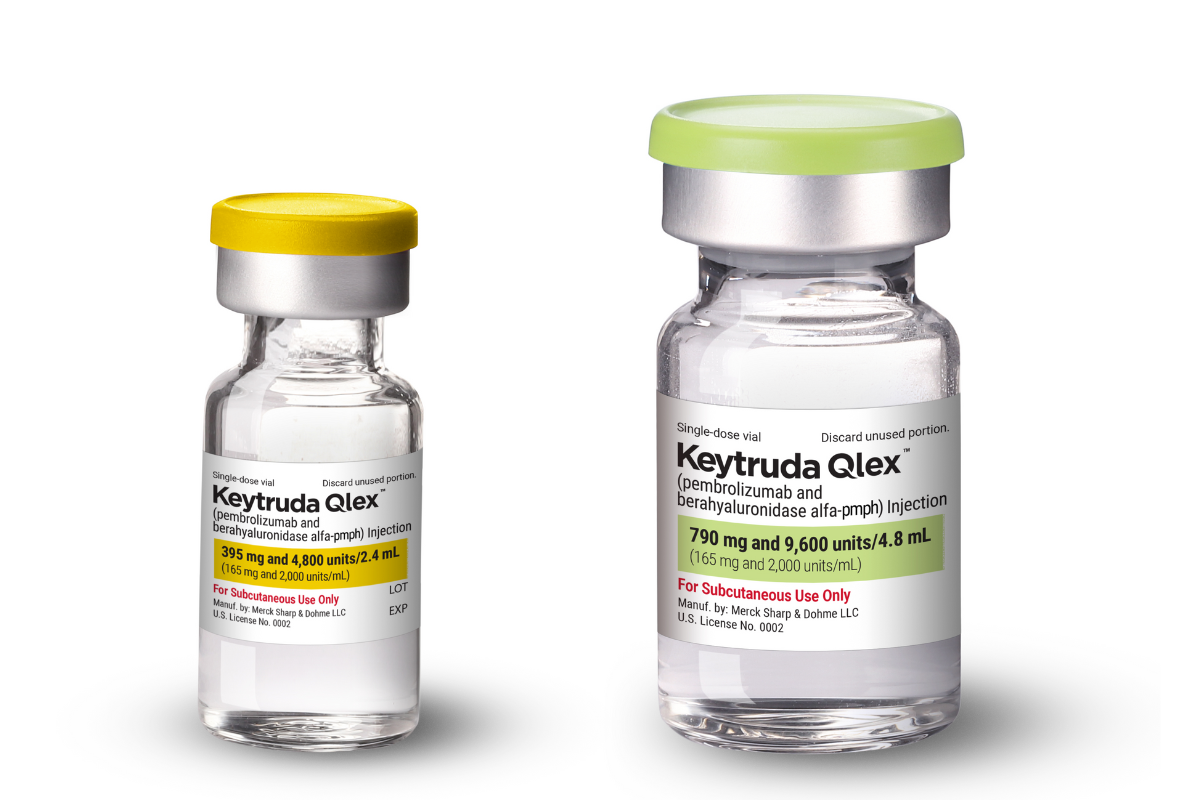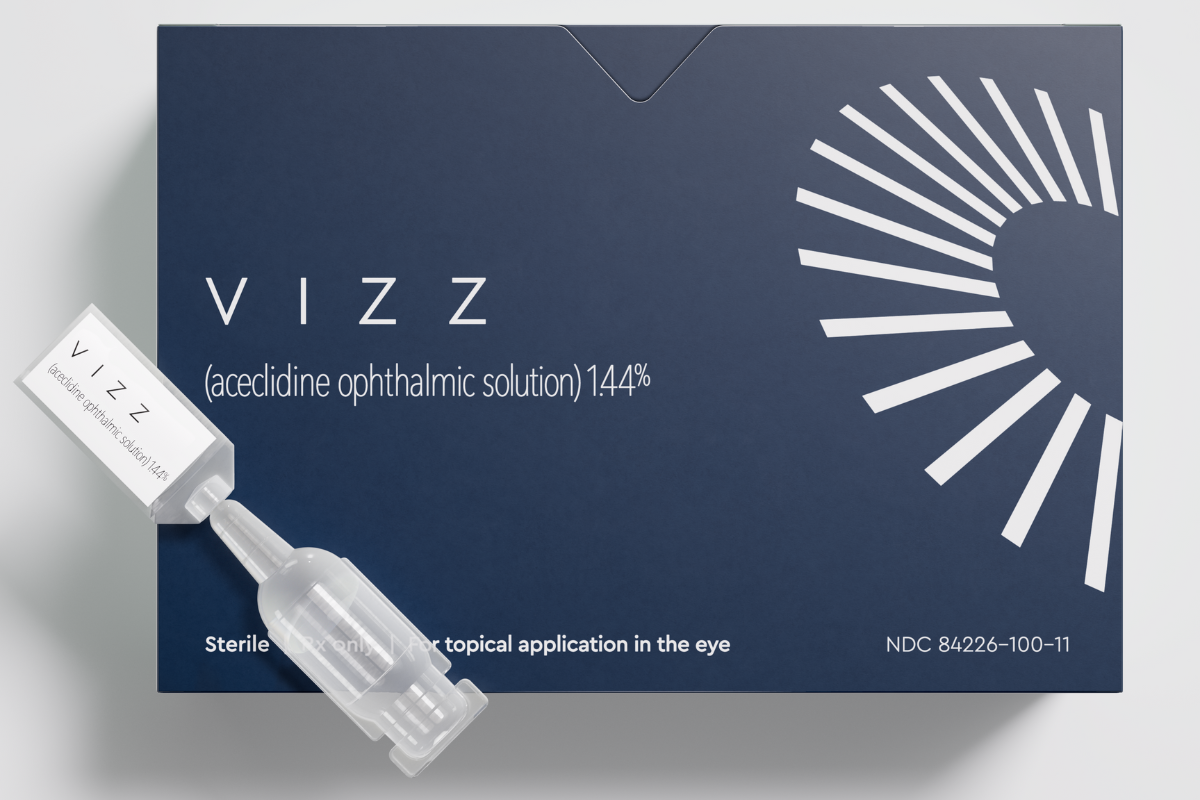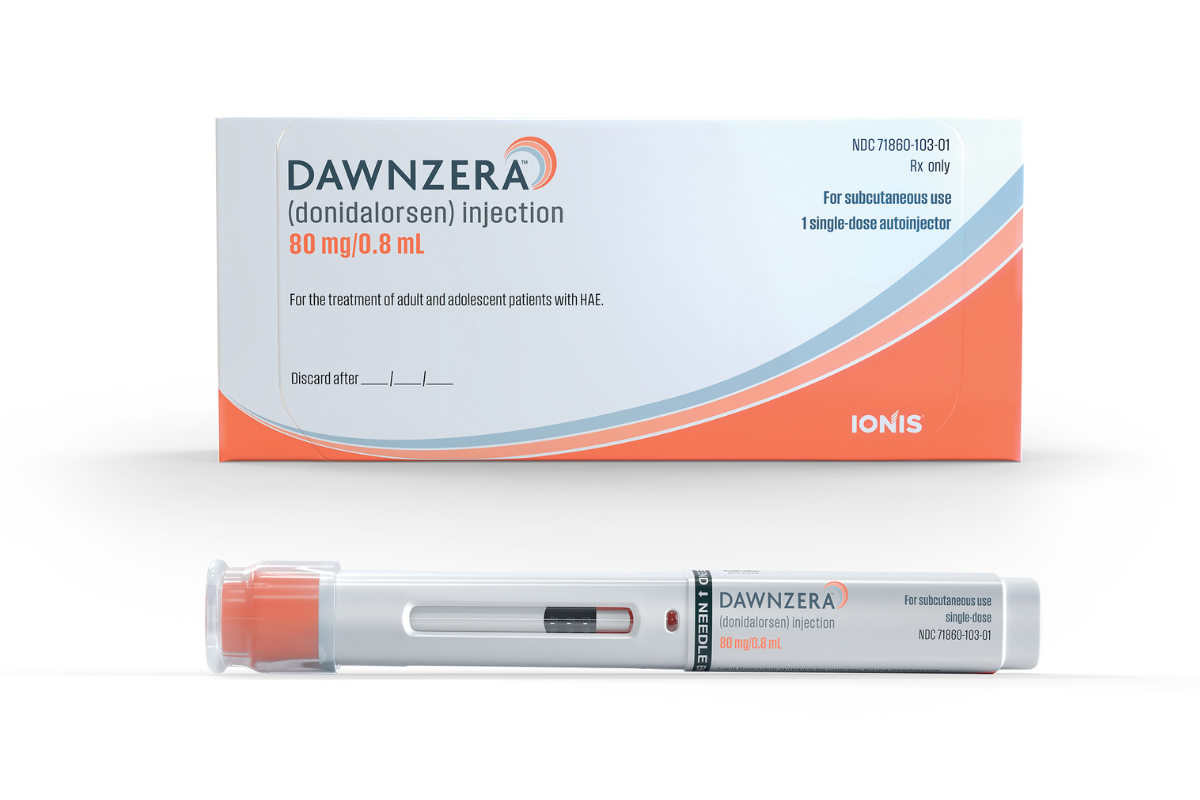Atopic dermatitis, commonly known as eczema, is a debilitating inflammatory skin disease characterized by redness, irritation and itching of the skin. The currently available treatment options include but are not limited to glucocorticosteroids, cyclosporine A, methotrexate and azathioprine.
Monoclonal antibodies are gaining attention as alternative or additive treatments for atopic dermatitis. More specifically, monoclonal antibodies against the Th2 cytokines interleukin–4 (IL-4) and interleukin-13 (IL-13) are being investigated as both are believed to play roles in the pathogenesis of atopic diseases like allergic rhinitis, asthma and atopic dermatitis.
Additionally, IL-13 plays a key role in the inflammation that contributes to the clinical symptoms of atopic dermatitis, such as skin thickening, itch, skin barrier dysfunction and susceptibility to infection.
A Potential New Treatment for Atopic Dermatitis
Biopharma company Almirall recently announced the publication of positive Phase III data from two clinical studies, ADvocate1 and ADvocate2, that evaluated lebrikizumab as a monotherapy in adult and adolescent patients with atopic dermatitis. Lebrikizumab is a new and investigational monoclonal antibody designed to selectively inhibit IL-13.
“In clinical trials, patients experienced significantly clearer skin and less interference with sleep due to itch when taking lebrikizumab compared to placebo. These results are very promising for patients with atopic dermatitis,” said Jonathan Silverberg, MD, professor of dermatology at George Washington University School of Medicine & Health Sciences and co-investigator of the studies, in the company’s press release.
Lebrikizumab’s Efficacy and Safety in Phase III Trials
The two identical Phase III studies, ADvocate1 and ADvocate2, evaluated the efficacy and safety of subcutaneous lebrikizumab in treating patients 12 years of age or older with moderate-to-severe atopic dermatitis. In these two randomized, double-blind, placebo-controlled, parallel-group studies, 815 patients were randomly assigned in a 2:1 ratio to lebrikizumab or placebo every two weeks in a 16-week induction period.
To assess the severity of atopic dermatitis, the clinical studies used EASI-75 and IGA assessments. EASI-75 represents a 75 percent reduction from baseline in the Eczema Area and Severity Index, while the IGA is a five-point scale for evaluating the severity of atopic dermatitis ranging from 0 to 4, where 0 indicates clear, 1 is almost clear, 2 is mild, 3 is moderate and 4 is severe.
Both studies met the co-primary endpoints, which were the proportion of patients achieving EASI-75 or greater change from baseline at Week 16, and IGA 0/1 with a decrease of at least two points from baseline at Week 16.
The proportions of patients achieving IGA 0/1 at Week 16 in ADvocate1 were 43.1 percent of patients treated with lebrikizumab versus 12.7 percent on placebo, and EASI-75 responses were 58.8 percent versus 16.2 percent, respectively. ADvocate2 showed similar highly statistically significant results.
What’s more is that the studies showed that lebrikizumab alleviated itch and itch interference on sleep.
Most patients who achieved a clinical response with the drug at Week 16 also went on to have long-lasting and durable efficacy in skin clearance and itch through to Week 52 with maintenance dosing every two or four weeks. The efficacy of lebrikizumab was also comparable when given every two weeks or four weeks, which suggests that maintenance treatment can be achieved with the less frequent dosing regimen of every four weeks.
ADvocate1 and ADvocate2 reported treatment emergent adverse events (TEAEs) in 45.7 percent and 53.4 percent of patients on lebrikizumab compared with 51.8 percent and 66.2 percent of placebo patients, respectively. The most common TEAE was conjunctivitis, and the conjunctivitis events were not serious. Most TEAEs were mildly or moderately severe and resulted in a low frequency of treatment discontinuation.
The ADvocate1 and ADvocate2 Phase III studies were published in the New England Journal of Medicine and the British Journal of Dermatology, respectively.
Additionally, JAMA Dermatology published the results of the Phase III clinical trial ADhere, which evaluated the efficacy and safety of lebrikizumab in combination with topical corticosteroid treatment in adolescents and adults with moderate-to-severe atopic dermatitis. The combined treatment resulted in improved outcomes in comparison to topical corticosteroid treatment alone. The safety of this trial was consistent with previously reported atopic dermatitis trials.
Lebrikizumab Could Get Regulatory Approval Soon
The US Food and Drug Administration (FDA) granted lebrikizumab Fast Track designation in atopic dermatitis in December 2019.
Almirall has licensed the rights to develop and commercialize lebrikizumab for the treatment of dermatology indications in Europe. Eli Lilly has exclusive rights for the development and commercialization of lebrikizumab outside of Europe.
Last year, Almirall and Eli Lilly submitted regulatory applications to the European Medicines Agency (EMA) and FDA respectively for lebrikizumab in atopic dermatits.
“Awaiting approval in Europe later this year, we are still working toward the market launch of this treatment, convinced of its potential to become a best-in-class treatment for atopic dermatitis,” said Dr. Karl Ziegelbauer, Almirall’s chief scientific officer, in the press release.
Other Monoclonal Antibody Treatments Against Atopic Dermatitis
These trials have placed lebrikizumab at the forefront among the monoclonal antibody therapies against atopic dermatitis; however, it will have competition by Sanofi and Regeneron’s monoclonal antibody Dupixent (dupilumab), which was granted FDA approval in March 2017 for the treatment of moderate-to-severe atopic dermatitis in adults. Dupixent inhibits signaling of both IL-4 and IL-13.
In addition, LEO Pharma’s Adbry (tralokinumab) was approved by the FDA at the end of 2021 for the treatment of moderate-to-severe atopic dermatitis.
According to Market Data Forecast, the global atopic dermatitis market size was valued at $13.5 billion in 2023 and is expected to grow at a compound annual growth rate (CAGR) of 14.5 percent to be worth $26.5 billion by 2028.












Join or login to leave a comment
JOIN LOGIN